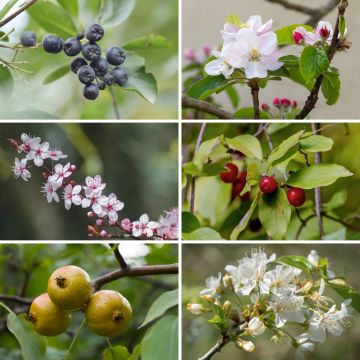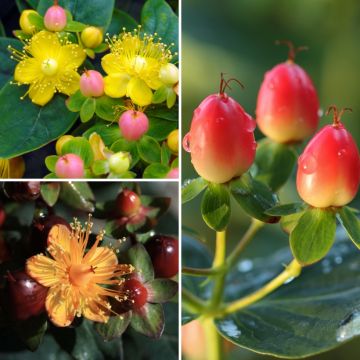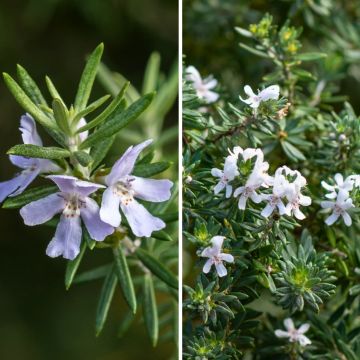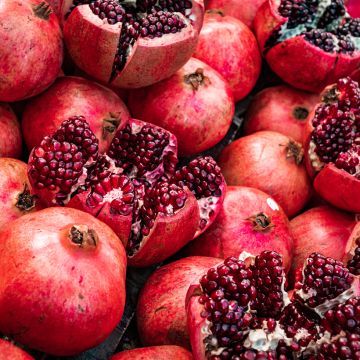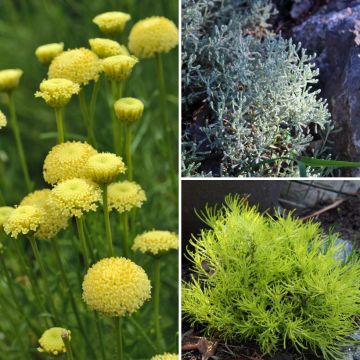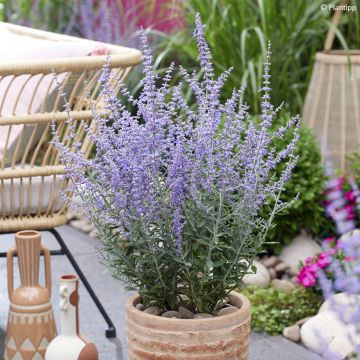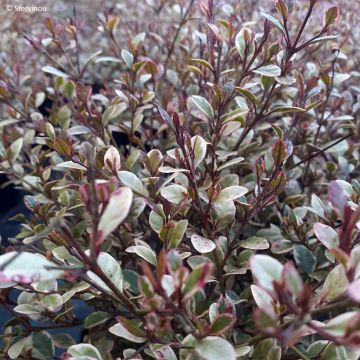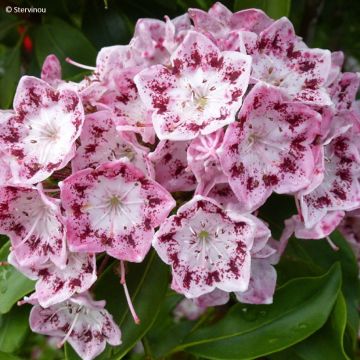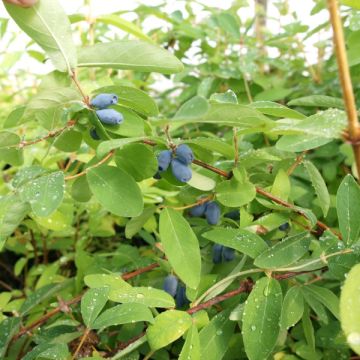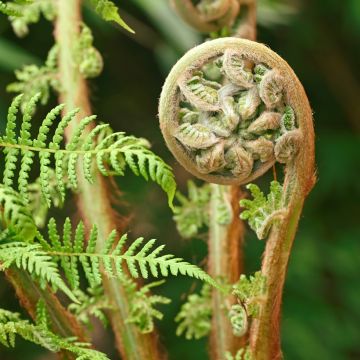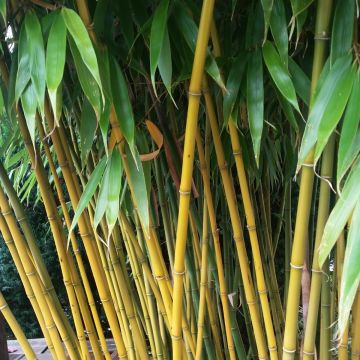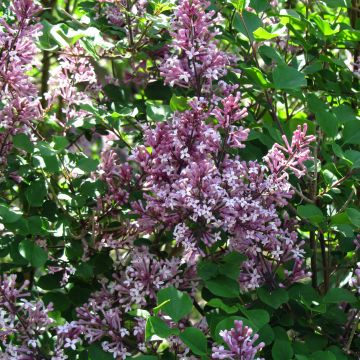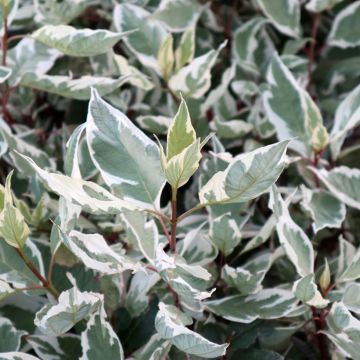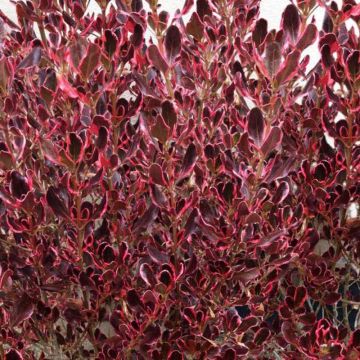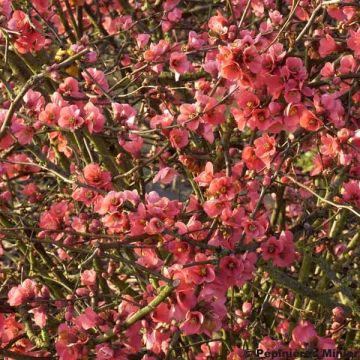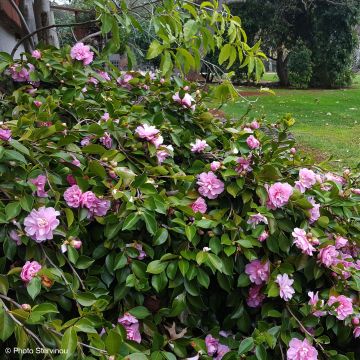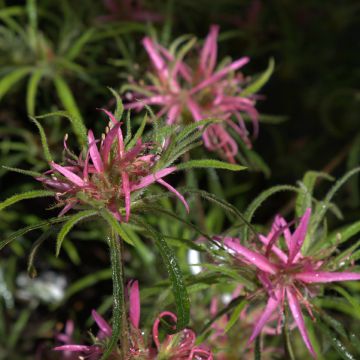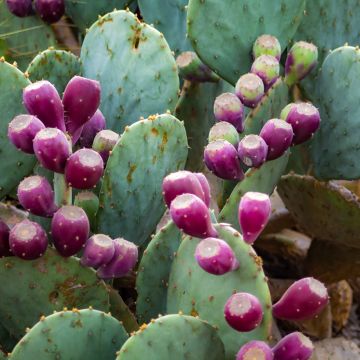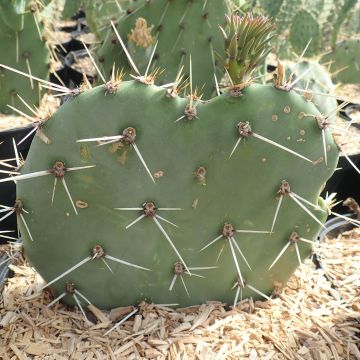

Ruscus hypoglossum - Fragon à langues


Ruscus hypoglossum - Fragon à langues


Ruscus hypoglossum - Fragon à langues
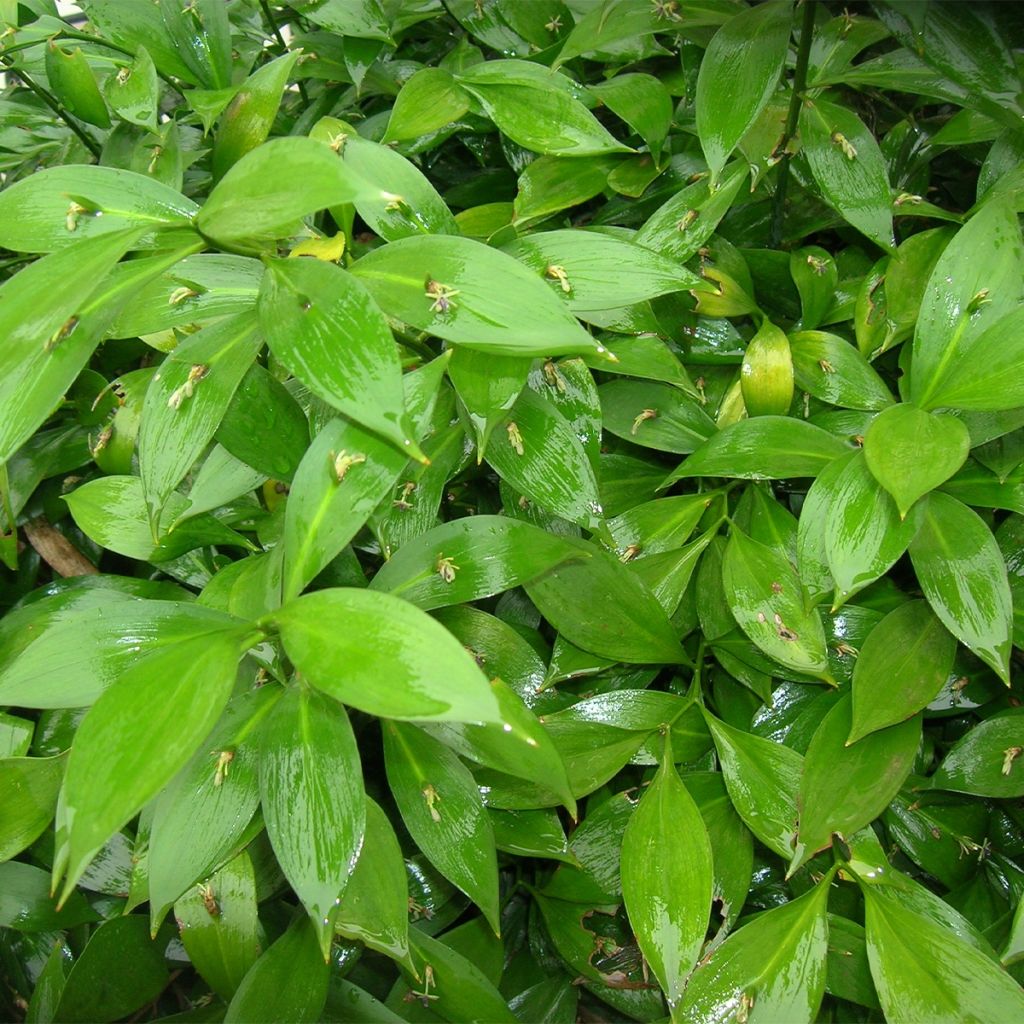

Ruscus hypoglossum - Fragon à langues
Ruscus hypoglossum
Ruscus hypoglossum
Spineless Butcher's Broom, Horse Tongue, Double-Leaved Butcher's Broom, Tongue Blade, Double Tongue
Special offer!
Receive a €20 voucher for any order over €90 (excluding delivery costs, credit notes, and plastic-free options)!
1- Add your favorite plants to your cart.
2- Once you have reached €90, confirm your order (you can even choose the delivery date!).
3- As soon as your order is shipped, you will receive an email containing your voucher code, valid for 3 months (90 days).
Your voucher is unique and can only be used once, for any order with a minimum value of €20, excluding delivery costs.
Can be combined with other current offers, non-divisible and non-refundable.
Why not try an alternative variety in stock?
View all →This plant carries a 24 months recovery warranty
More information
We guarantee the quality of our plants for a full growing cycle, and will replace at our expense any plant that fails to recover under normal climatic and planting conditions.

Would this plant suit my garden?
Set up your Plantfit profile →
Description
Ruscus hypoglossum, commonly known as the Spineless Butcher's Broom, is a rhizomatous and evergreen bush very similar to the Butcher's Broom (Ruscus aculeatus), known for its medicinal properties. Visually, it is mainly distinguished by a larger development and larger false leaves, making it a particularly decorative plant in all seasons. It is also recognizable by the curious arrangement of its small flowers that grow in the "leaves" and the fact that it rarely produces fruits. Its silhouette, like a dwarf bamboo, and its very green colour bring lushness to shaded areas of the garden, even dry ones, which are often difficult to plant. It can be grown in pots, even indoors, and is well suited for topiary art.
Ruscus hypoglossum belongs to the family of Asparagaceae, or lilies. It is native to the eastern part of the Mediterranean basin, from Italy to Turkey. This bush grows slowly and reaches an average adult size of 70cm (28in) in height, depending on the growing conditions. However, the plant spreads through relatively shallow rhizomes. In the long run, it can form more or less significant colonies.
The Butcher's Broom has a bushy, spreading habit. What appears as tough and shiny leaves are actually cladodes, flattened stems that perform the same chlorophyll function as leaves. They remain green throughout the winter, even in severe frost. The true leaves resemble tiny thorns, they are formidable and located at the tip of the cladodes. Flowering occurs from March to May. The small greenish to yellowish flowers appear among these cladodes, alone or grouped in clusters of 2 to 4. The Butcher's Broom is a dioecious plant, with male and female plants. Therefore, fruiting is only possible if both sexes are planted in the garden. The fruit is a small round and bright red berry that persists throughout the winter.
The entire plant is toxic if ingested.
The Butcher's Broom thrives in shade or partial shade in well-drained soil, it thrives in the undergrowth, away from burning rays of the sun. Once well-established, it requires no special maintenance. It is a bush that has its place in all gardens to enliven a dark corner, under a sparse mass of trees or shrubs to dress their base. Its slightly wild appearance will blend well with lilies and bleeding hearts, its shiny green foliage will enhance the delicate hues of fuchsias and columbines. In winter, it can be used to create floral arrangements in the house, for example with amaryllis. Prune in spring and autumn to maintain a more compact habit, especially if using the plant for topiary.
Report an error about the product description
Ruscus hypoglossum in pictures




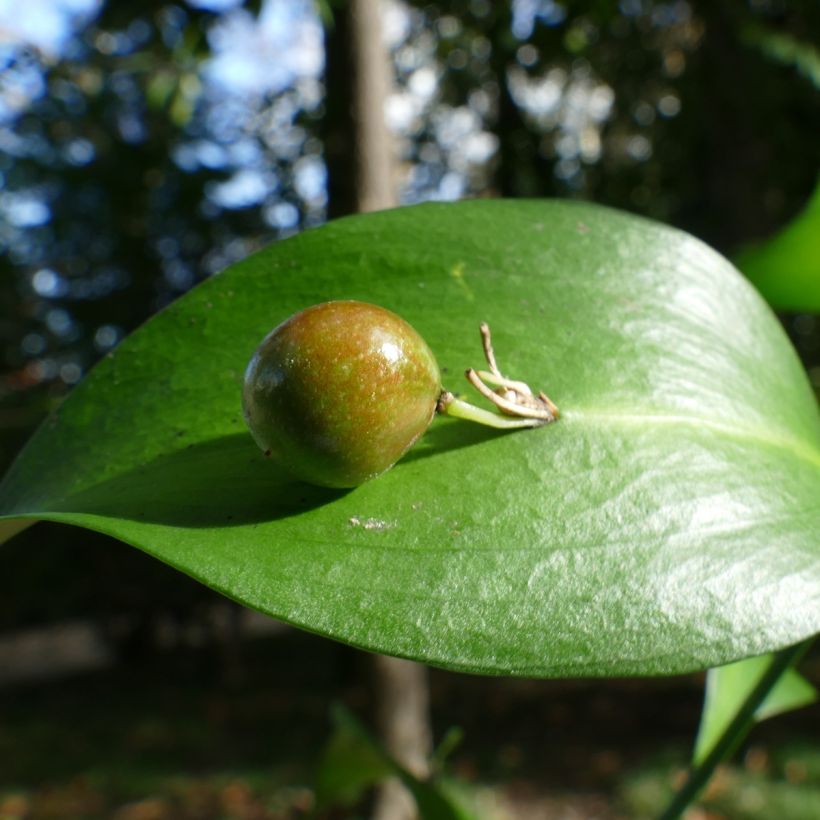

Plant habit
Flowering
Foliage
Safety measures
Botanical data
Ruscus
hypoglossum
Asparagaceae - Liliaceae
Spineless Butcher's Broom, Horse Tongue, Double-Leaved Butcher's Broom, Tongue Blade, Double Tongue
Mediterranean
ingestion
Cette plante est toxique si elle est ingérée volontairement ou involontairement.
Ne la plantez pas là où de jeunes enfants peuvent évoluer, et lavez-vous les mains après l'avoir manipulée.
Pensez à conserver l'étiquette de la plante, à la photographier ou à noter son nom, afin de faciliter le travail des professionnels de santé.
Davantage d'informations sur https://plantes-risque.info
Other Shrubs A to Z
View all →Planting and care
Plant this Ruscus in humus-rich, well-drained soil, even with a tendency towards limestone, from dry to moist, as the plant is sensitive to excess moisture in winter and this can harm its hardiness. This shrub will thrive in shade or partial shade, away from the burning rays of the sun. It requires no particular maintenance, except for regular watering during the first year of planting. It will spread through its rootstock to form large clumps after three years, without becoming invasive. Divide the clumps after five years, especially in case of exceptional frost. It is hardy and requires little water.
It can also be grown in a large pot, in a rich, moist and well-drained substrate. It can tolerate indoor cultivation as long as it can be transferred to a bright but unheated room in winter.
Planting period
Intended location
Care
This item has not been reviewed yet - be the first to leave a review about it.
Similar products
Haven't found what you were looking for?
Hardiness is the lowest winter temperature a plant can endure without suffering serious damage or even dying. However, hardiness is affected by location (a sheltered area, such as a patio), protection (winter cover) and soil type (hardiness is improved by well-drained soil).

Photo Sharing Terms & Conditions
In order to encourage gardeners to interact and share their experiences, Promesse de fleurs offers various media enabling content to be uploaded onto its Site - in particular via the ‘Photo sharing’ module.
The User agrees to refrain from:
- Posting any content that is illegal, prejudicial, insulting, racist, inciteful to hatred, revisionist, contrary to public decency, that infringes on privacy or on the privacy rights of third parties, in particular the publicity rights of persons and goods, intellectual property rights, or the right to privacy.
- Submitting content on behalf of a third party;
- Impersonate the identity of a third party and/or publish any personal information about a third party;
In general, the User undertakes to refrain from any unethical behaviour.
All Content (in particular text, comments, files, images, photos, videos, creative works, etc.), which may be subject to property or intellectual property rights, image or other private rights, shall remain the property of the User, subject to the limited rights granted by the terms of the licence granted by Promesse de fleurs as stated below. Users are at liberty to publish or not to publish such Content on the Site, notably via the ‘Photo Sharing’ facility, and accept that this Content shall be made public and freely accessible, notably on the Internet.
Users further acknowledge, undertake to have ,and guarantee that they hold all necessary rights and permissions to publish such material on the Site, in particular with regard to the legislation in force pertaining to any privacy, property, intellectual property, image, or contractual rights, or rights of any other nature. By publishing such Content on the Site, Users acknowledge accepting full liability as publishers of the Content within the meaning of the law, and grant Promesse de fleurs, free of charge, an inclusive, worldwide licence for the said Content for the entire duration of its publication, including all reproduction, representation, up/downloading, displaying, performing, transmission, and storage rights.
Users also grant permission for their name to be linked to the Content and accept that this link may not always be made available.
By engaging in posting material, Users consent to their Content becoming automatically accessible on the Internet, in particular on other sites and/or blogs and/or web pages of the Promesse de fleurs site, including in particular social pages and the Promesse de fleurs catalogue.
Users may secure the removal of entrusted content free of charge by issuing a simple request via our contact form.
The flowering period indicated on our website applies to countries and regions located in USDA zone 8 (France, the United Kingdom, Ireland, the Netherlands, etc.)
It will vary according to where you live:
- In zones 9 to 10 (Italy, Spain, Greece, etc.), flowering will occur about 2 to 4 weeks earlier.
- In zones 6 to 7 (Germany, Poland, Slovenia, and lower mountainous regions), flowering will be delayed by 2 to 3 weeks.
- In zone 5 (Central Europe, Scandinavia), blooming will be delayed by 3 to 5 weeks.
In temperate climates, pruning of spring-flowering shrubs (forsythia, spireas, etc.) should be done just after flowering.
Pruning of summer-flowering shrubs (Indian Lilac, Perovskia, etc.) can be done in winter or spring.
In cold regions as well as with frost-sensitive plants, avoid pruning too early when severe frosts may still occur.
The planting period indicated on our website applies to countries and regions located in USDA zone 8 (France, United Kingdom, Ireland, Netherlands).
It will vary according to where you live:
- In Mediterranean zones (Marseille, Madrid, Milan, etc.), autumn and winter are the best planting periods.
- In continental zones (Strasbourg, Munich, Vienna, etc.), delay planting by 2 to 3 weeks in spring and bring it forward by 2 to 4 weeks in autumn.
- In mountainous regions (the Alps, Pyrenees, Carpathians, etc.), it is best to plant in late spring (May-June) or late summer (August-September).
The harvesting period indicated on our website applies to countries and regions in USDA zone 8 (France, England, Ireland, the Netherlands).
In colder areas (Scandinavia, Poland, Austria...) fruit and vegetable harvests are likely to be delayed by 3-4 weeks.
In warmer areas (Italy, Spain, Greece, etc.), harvesting will probably take place earlier, depending on weather conditions.
The sowing periods indicated on our website apply to countries and regions within USDA Zone 8 (France, UK, Ireland, Netherlands).
In colder areas (Scandinavia, Poland, Austria...), delay any outdoor sowing by 3-4 weeks, or sow under glass.
In warmer climes (Italy, Spain, Greece, etc.), bring outdoor sowing forward by a few weeks.































